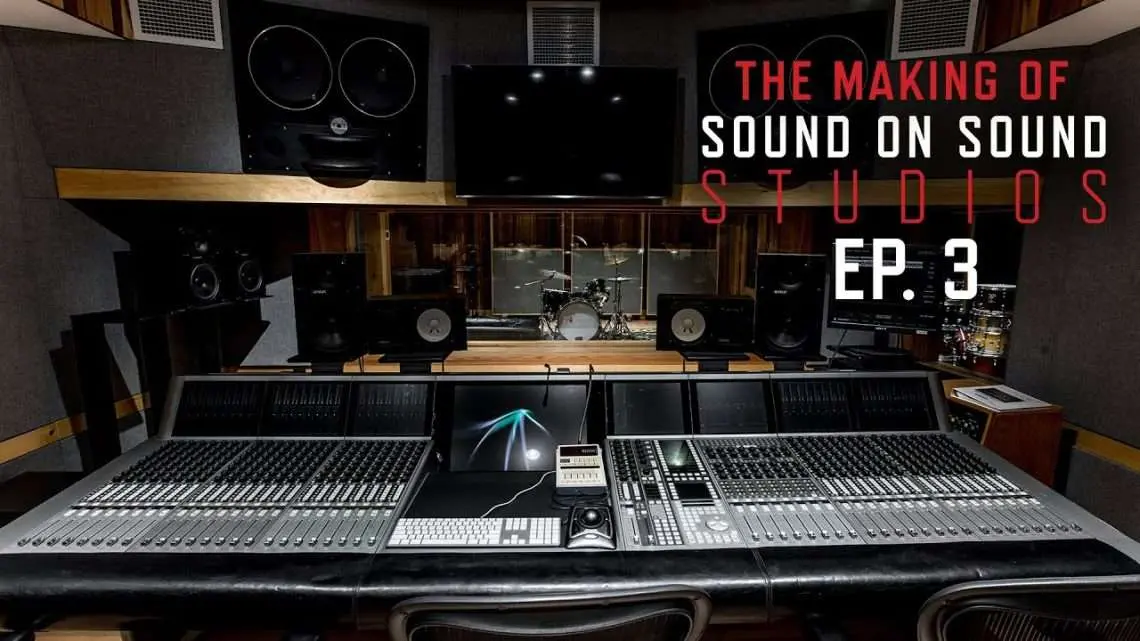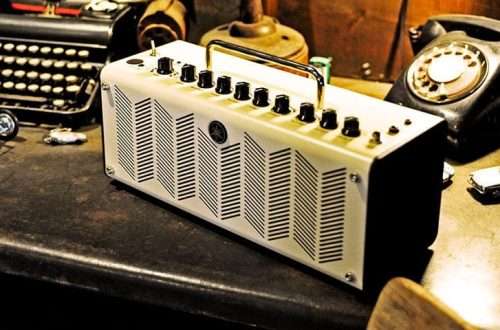
Studio sound
Contents
What is sound?
Natural sound is an acoustic wave that propagates through space. Thanks to the organ of hearing, man can perceive these waves, and their size is determined in frequencies. The frequency of the waves that can be heard by the human hearing aid lies between the limits from approx. 20 Hz to approx. 20 kHz and these are the so-called audible sounds. As it is not difficult to guess, since there are sounds audible, beyond the range of this band there are sounds that human hearing is not able to pick up, and only specialized recording devices can record them.
Sound intensity and measurement
The level of sound intensity is expressed and measured in decibels dB. For a better illustration, we can assign individual levels to the world around us. And so: 10 dB will be a gentle rustling of leaves, 20 dB is a whisper, 30 dB can be compared to a quiet, quiet street, 40 dB murmurs at home, 50 dB noise in the office or normal conversation, 60 dB vacuum cleaner operation, 70 dB busy restaurant with plenty of service stations, 80 dB loud music, 90 dB city traffic during rush hours, 100 dB motorcycle ride without a silencer or a rock concert. At higher volume levels, prolonged exposure to noise may damage your hearing, and any work involving noise above 110 dB should be carried out in protective headphones, and for example noise with a level of 140 dB can be compared to a fighter launch.
How to save a sound
In order for the sound to be recorded in digital form, it must pass through analog-to-digital converters, i.e. through a sound card with which our computer is equipped or an external audio interface. It is they who transform the sound from analogue form into digital recording and send it to the computer. Of course, the same works the other way around and if we want to play a music file saved on our computer and hear its content in the speakers, first the converters in our interface, for example, convert the digital signal to analog, and then release it to the speakers.
Sound quality
The sampling rate and bit depth indicate the quality of the sound. The sampling frequency means how many samples will be transferred per second, i.e. if we have 44,1 kHz, i.e. as it is on a CD, it means that 44,1 thousand samples are transferred there in one second. However, there are even higher frequencies, the highest currently being 192kHz. On the other hand, the bit depth shows us what dynamic range we have at a given depth, i.e. from the quietest possible sound to 16 bits in the case of a CD, which gives 96 dB and this gives about 65000 samples in the distribution amplitude. With a greater bit depth, e.g. 24 bits, it gives a dynamic range of 144 dB and approx. 17 million samples.
Audio compression
Compression is used to reformat a given audio or video file from one to another. It is a form of data packing and has a very large use, for example, if you want to send a large file by e-mail. Then such a file can be compressed, i.e. processed in such a way, and thus it can be significantly reduced. There are two types of audio compression: lossy and lossless. Lossy compression removes some frequency bands so that such a file can be 10 or even 20 times smaller. On the other hand, lossless compression retains full information about the course of the audio signal, however, such a file can usually be reduced not more than twice.
These are the basic elements that are closely related to sound and studio work. There are, of course, many more issues, and each of them is extremely important in this area, but every beginner sound engineer should start exploring their knowledge with them.





